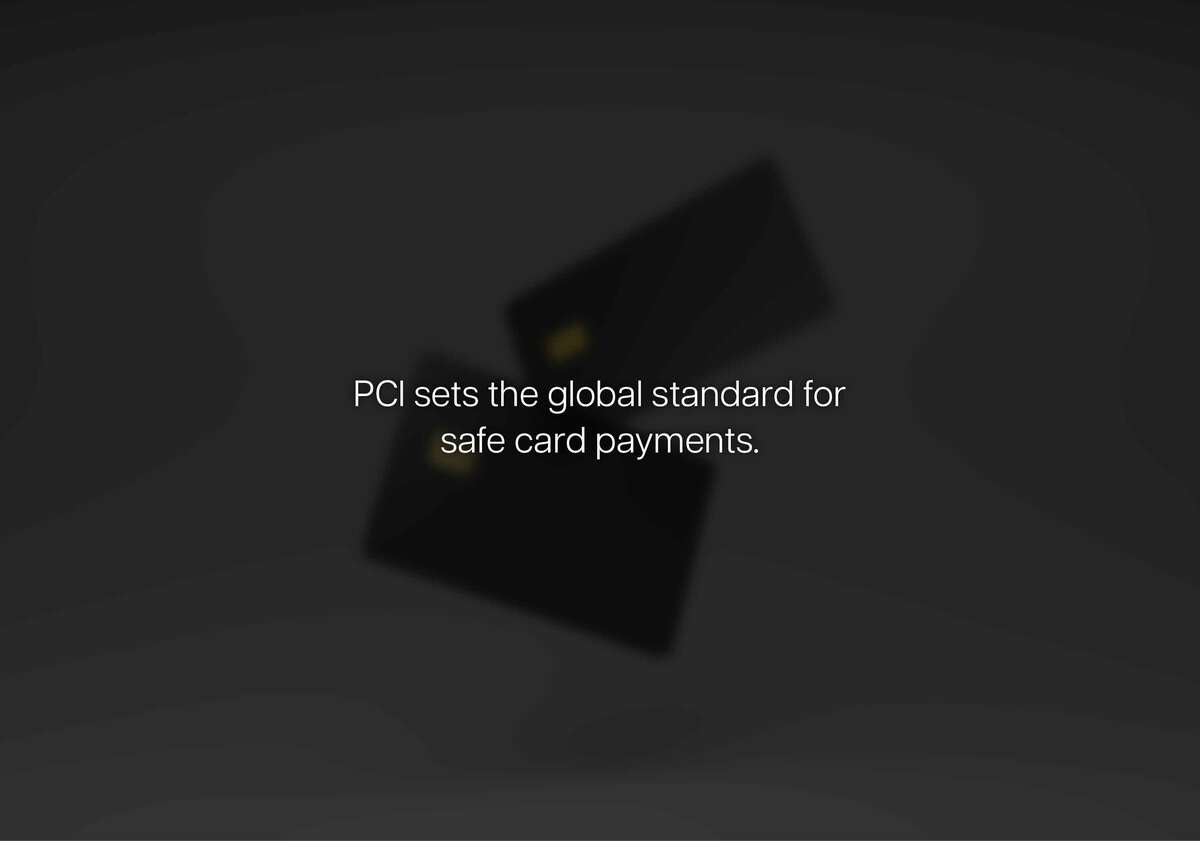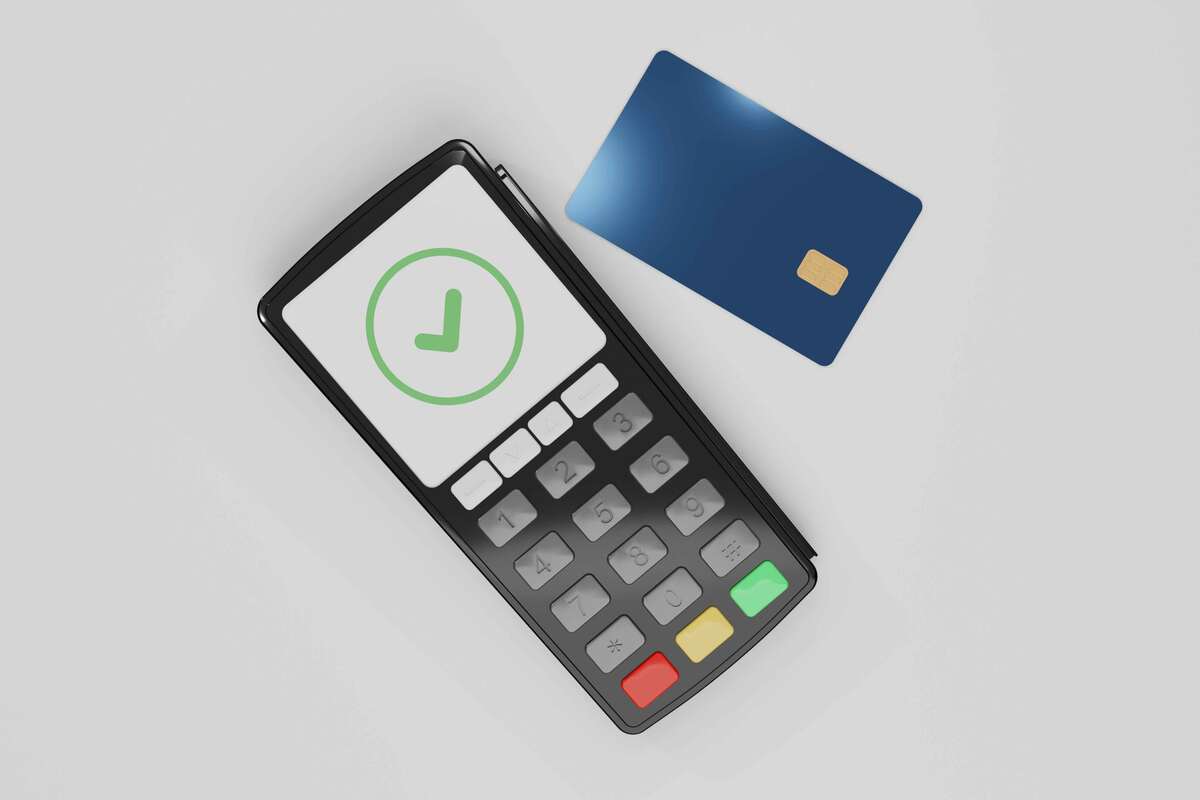What Is the Payment Card Industry (PCI) and How Does It Impact Online Security?
The Payment Card Industry plays a central role in maintaining the security of electronic transactions. Adhering to PCI standards protects both businesses and customers from fraud while preserving the integrity of online payments. For any organization handling card transactions, understanding and maintaining PCI compliance is essential to ensure long-term trust, operational continuity, and financial safety in the digital marketplace.
%20and%20How%20Does%20It%20Impact%20Online%20Security.jpg)
No hidden fees. Ever.
Real-time accounting
SOC 1 & SOC 2 compliance
Expert human support

Table of Contents
Understanding the Payment Card Industry
The Payment Card Industry, often referred to as PCI, is the global framework that governs the use of debit and credit card transactions. It includes the major card brands; Visa, Mastercard, American Express, Discover, and JCB, that established security and operational standards to protect cardholder data.
PCI sets the foundation for secure transactions, ensuring that businesses follow strict guidelines to reduce fraud and maintain data integrity. The most recognized standard is PCI DSS, the Payment Card Industry Data Security Standard, which outlines the technical and procedural requirements for processing card payments safely.

Why PCI Matters for Businesses
Any business that processes, stores, or transmits cardholder information must comply with PCI DSS standards. Compliance ensures that customers’ data is handled securely, reducing the risk of breaches and identity theft.
Failing to meet PCI requirements can result in significant penalties, increased transaction fees, or even the loss of payment processing privileges. More importantly, non-compliance damages consumer trust, a critical factor for businesses that rely on digital transactions.

Core Goals of PCI DSS
The PCI DSS framework is organized around six main objectives designed to secure card data throughout the transaction process:
- Build and maintain a secure network. Use firewalls and updated systems to prevent unauthorized access.
- Protect cardholder data. Encrypt information during transmission and storage.
- Maintain a vulnerability management program. Regularly scan systems and apply security patches.
- Implement strong access controls. Restrict system access to authorized personnel only.
- Monitor and test networks. Conduct routine checks to detect potential weaknesses.
- Maintain an information security policy. Establish internal rules and training for handling payment data.
These principles create a unified structure that helps businesses safeguard their customers’ financial information.
How PCI Compliance Improves Online Security
PCI compliance enhances the security of online payments by ensuring every layer of the payment process follows standardized safety measures. When a customer enters card details on a website, the data travels through encrypted channels managed by secure gateways and processors.
By following PCI guidelines, businesses prevent the interception or storage of unencrypted data. This reduces the likelihood of fraudulent access and strengthens customer confidence in digital payment environments.
The Role of Encryption and Tokenization
Encryption and tokenization are two core technologies that protect cardholder data. Encryption converts card details into unreadable code during transmission, while tokenization replaces sensitive information with unique identifiers. These tokens can be stored safely without exposing the original card data.
Together, they minimize risk by ensuring that even if intercepted, the information cannot be used for fraudulent transactions. These methods are now standard across PCI-compliant systems.

Common Threats in Online Transactions
As cyber threats evolve, the Payment Card Industry continuously updates its standards to address new vulnerabilities. Some of the most common risks include:
- Phishing attempts targeting employees handling payment data
- Malware attacks that capture keystrokes or credentials
- SQL injection attacks on poorly secured websites
- Weak passwords and outdated encryption protocols
Regular security audits, system updates, and employee awareness training are essential to stay ahead of these threats.
How PCI Standards Apply to Different Business Types
PCI requirements scale based on transaction volume and how a business handles card data. A small eCommerce store processing under 20,000 annual transactions has simpler requirements than a large corporation handling millions.
Smaller businesses often complete a Self-Assessment Questionnaire (SAQ) to validate compliance. Larger enterprises undergo external audits known as Qualified Security Assessor (QSA) reviews. Both approaches serve the same purpose, ensuring consistent protection across all levels of commerce.
Integrating PCI Practices Into Daily Operations
Compliance shouldn’t be seen as a one-time obligation but as part of everyday operations. Businesses can integrate PCI principles into their workflows by:
- Using PCI-validated service providers
- Implementing regular vulnerability scans
- Rotating employee access credentials periodically
- Encrypting all stored and transmitted card data
- Maintaining documentation of compliance activities
Embedding these practices helps maintain continuous security without disrupting normal business functions.
The Relationship Between PCI and Customer Trust
Maintaining PCI compliance demonstrates that a business values security and customer privacy. In online commerce, this trust can directly influence purchase decisions. A secure checkout process encourages repeat transactions, while a single data breach can drive customers away permanently.
Displaying compliance badges, security seals, or clear privacy policies reinforces confidence in digital transactions and differentiates secure businesses from less reliable competitors.
How PCI Impacts Modern Online Payment Systems
Modern payment systems have evolved to include cloud-based platforms, APIs, and mobile wallets. PCI compliance adapts to these technologies by defining how encryption, token storage, and authentication should work across different systems.
As more companies adopt digital-first operations, aligning their infrastructure with PCI standards ensures continued protection for customers and partners handling financial data.
Connecting PCI to Broader Security Strategies
PCI compliance is one component of a larger cybersecurity framework. Businesses should combine PCI practices with general IT security, such as intrusion detection, endpoint monitoring, and incident response planning.
Integrating compliance into company-wide risk management allows a more holistic approach to data protection. This not only safeguards card data but also secures other sensitive business information stored on the same systems.
Final Thoughts
The Payment Card Industry plays a central role in maintaining the security of electronic transactions. Adhering to PCI standards protects both businesses and customers from fraud while preserving the integrity of online payments. For any organization handling card transactions, understanding and maintaining PCI compliance is essential to ensure long-term trust, operational continuity, and financial safety in the digital marketplace.
Supercharge your Payments
RevitPay is here to help you scale smarter — from your 1st transaction to your 100,000th.
Previous
Next
Frequently Asked Questions
Recent Articles
A Seamless Start to Smarter Payment Processing
Request an Application
Submit for Approval
Start Processing
Explore More Online Payment Solutions
Everything you need to process payments wherever, whenever.
Seamless & Secure Payment Processing
Payment Methods That Power High Risk Businesses
We offer a wide range of secure, flexible payment methods tailored to the needs of high risk merchants. From credit card processing and mobile payments to ACH, eCheck, and more, our solutions are built to help your business accept payments confidently.
Credit Cards
Fast, familiar, and essential.
Give your customers the convenience of paying by credit card while maintaining the fraud protection and flexibility high risk merchants need.
Mobile Payments
Payments on the go.
Whether in-store or remote, accept transactions via smartphones and tablets, keeping your business agile and responsive.
Bitcoin & Crypto Payments
Stay ahead of the curve.
Expand your payment options to bypass traditional banking barriers and get paid faster—with global reach and fewer limitations.
MOTO Payments
Mail and telephone orders made easy.
Process card-not-present transactions securely with MOTO functionality, ideal for businesses that take payments by phone or through manual orders.
ACH Payments
Lower fees, higher reliability.
Automated Clearing House (ACH) payments are perfect for recurring billing or high-ticket items, offering a secure, bank-to-bank alternative to cards.
eCheck Payments
Modernize check payments.
Accept digital checks with ease, streamlining your processing while reducing risk and delays often associated with traditional paper checks.
Seamless Continuity Billing for Subscription-Based Businesses
Looking to support subscription models? Our Continuity Subscriptions solution offers automated recurring billing, built-in autobill features, and reduced payment churn—perfect for businesses that rely on predictable revenue.

Find the Right Way to Get Paid
Whether you’re running an online store, accepting payments remotely, or operating in a high risk space, RevitPay gives you the tools to process transactions with confidence and ease.
A Seamless Start to Smarter Payment Processing
Request an Application
Submit for Approval
Start Processing
Ready to get started?
Join businesses who are saving thousands each year with RevitPay.




